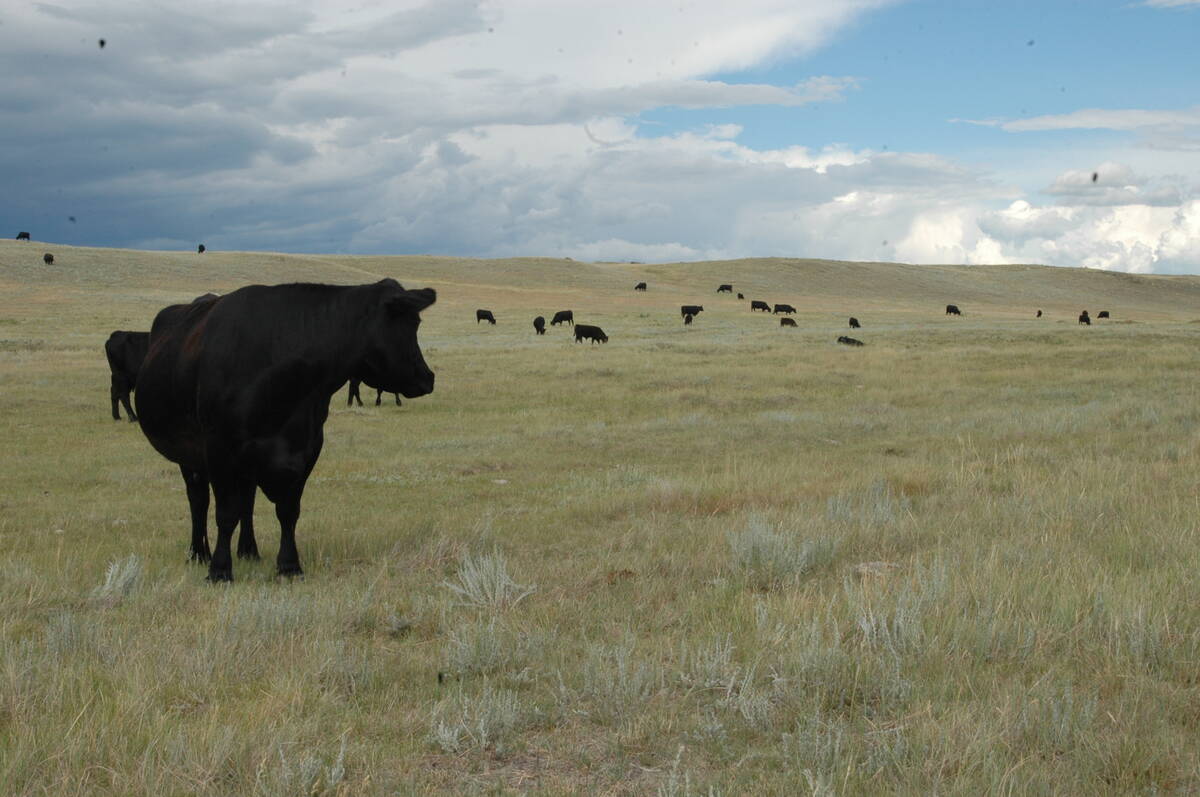Pain control for routine management procedures has become an important animal welfare concern for the beef industry.
It can be achieved in several ways:
- Local anesthetics can cause a lack of sensation in the affected area. This may eliminate pain during a procedure but will usually not provide long-term pain control.
- Analgesics are drugs that are used to reduce pain, but they do not eliminate all sensation. We are using an analgesic when we take ibuprophen or aspirin for a headache.
Read Also

Canadian Food Inspection Agency slammed for handling of bovine tuberculosis case
The federal government leans heavily on producers to “take one for the team” and risk their livelihoods without any reassurance of support.
Veterinarians have access to four analgesics that are licensed for use in cattle:
- Sodium salicylate (aspirin boluses)
- Meloxicam (Metacam)
- Flunixin (Banamine)
- Ketoprofen (Anafen)
The type of procedure and the age of the animal may also significantly determine the degree of pain.
There is no doubt procedures such as branding, castration and dehorning cause pain in cattle. A great deal of research has been published in the last few years looking at strategies that would minimize pain for these procedures.
Researchers have looked for an ideal age at which to carry out these procedures, which technique is least painful and what drugs can be used to block the pain or provide pain re-lief afterward.
Each of these research studies have added another piece of information, but one of the major challenges is the ability to accurately assess and quantify pain in cattle.
Pain assessment in humans is relatively straight forward. Doctors can ask you about your pain levels and you can report how you are feeling.
However, accurately assessing pain is not nearly as straight forward.
As well, cattle and other food animals are prey species that have evolved to mask the pain they feel. As a result, they are less likely to show obvious signs of pain, which would allow a predator to identify them as a potential target.
Researchers tend to use two major categories of pain assessment when trying to evaluate pain control strategies:
Livestock producers have used behavioural responses for centuries to identify animals that are sick or in pain. We learn to evaluate normal behaviour and look for clues such as posture, movement (or lack of movement), eating and drinking be-haviour.
However, many of these visual evaluations are subjective, and researchers need to more precisely measure the degree of pain.
Production response, such as average daily gain and feed intake, has been one of the primary means to assess eating and drinking be-haviour and is often a practical measure of behavioural response used by producers and veterinarians.
Many researchers have used digital video recording and analysis to measure the time that animals spend walking, lying, eating and drinking. Pedometers can be used to measure the amount of walking an animal does before and after a procedure and a device known as an accelerometer can record walking, standing and lying behaviour.
Strain gauges and load cells can be used in chutes to quantify the amount of struggling that occurs.
The method used to measure stress can cause a physiological response. For example, simply handling cattle can stimulate the “fight or flight” response and may change some of their physiological responses.
Heart rate monitors and changes in body temperature or brain activity can be used to assess the pain re-sponse in cattle.
Cortisol levels in the blood have also been used as a measure of stress, but care must be taken in interpretation because genetics, previous experience with handling and other factors can also affect animals’ cortisol levels.
Some researchers have recently examined the measurement of a specific neuropeptide called “Substance P” in the bloodstream of calves after castration. Substance P has been shown to be much higher in people with soft tissue injuries compared to healthy controls, and it may also have some benefit in assessing pain in animals.
We need pain control strategies that are effective, economical and practical to administer.
Scientists must continue to work on improving the techniques for assessing pain in animals so progress can be made in this area.














